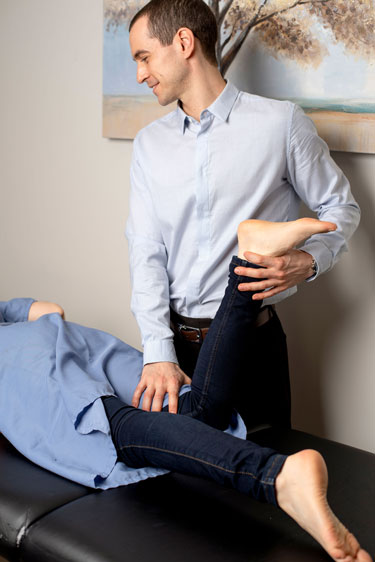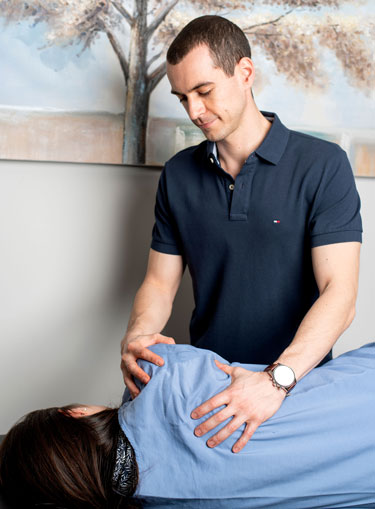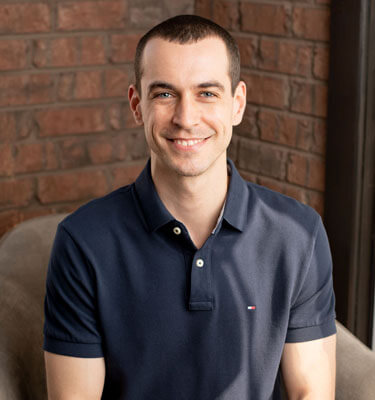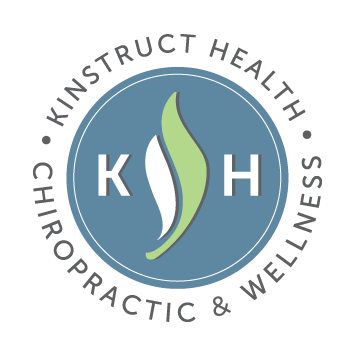
Osteopathy in Waterdown
What is osteopathy?
Manual osteopathy is a hands-on therapy that aims to restore balance in the body by using gentle touch to correct structural and postural imbalances. It involves the use of non-invasive manual techniques that treat and strengthen the musculoskeletal framework,including joints, muscles, myofascia, and nervous and lymphatic systems.
Osteopathy is a form of manual therapy that focuses on the whole person as a complete unit. Osteopathic manual treatment aims to remove restrictions throughout the body, thus reducing pain, improving mobility, and optimizing function. Osteopathy incorporates a number of treatment methods and modalities, including joint mobilization, soft tissue therapy, and muscle energy techniques. By using these techniques, osteopathic treatment can stimulate the body’s natural resources thereby facilitating further healing.
A fundamental component of osteopathy is that structure and function are intimately related. When a body structure (or numerous structures) are out of alignment — such as twisted hips or asymmetrical shoulders — restrictions can occur in muscles and fascia, which in turn can compromise and inhibit how the body functions.
Osteopathic treatment can be beneficial in addressing these structural issues, helping to reduce musculoskeletal pain, correcting posture,increasing joint mobility, and improving circulation, neural function, and digestive function. With all health issues, an osteopathic manual practitioner seeks to treat the underlying cause of the pain or condition rather than merely the symptoms,and encourages the body to begin to heal and bring itself back into a state of balance.
Appointments can vary based on the length of the treatment time as well as the complexity of the client’s health condition. All appointments are unique and individualized to treat each client’s unique pain pattern; as no two people are alike, neither is their pain.
Your first appointment is one hour in length which allows for an initial intake and a visual and physical assessment, as well as manual therapy. The manual therapy aims to address the dysfunctions identified in the assessment. The client’s treatment plan also includes corrective exercises and stretches, which are typically recommended at the completion of the appointment to be done at home and are intended to enhance the effects of the in-clinic treatment.
Subsequent appointments, which are either 30 minutes or one hour in length, will begin with a brief re-assessment of the condition(s) followed by an extensive hands-on osteopathic manual treatment targeted to your concerns.
 Osteopathy’s gentle, non-invasive approach means that just about anyone can benefit from osteopathic care. Treatments are safe, relaxing, and effective and clients often report a feeling of increased energy, better sleep and an overall improvement in wellness.
Osteopathy’s gentle, non-invasive approach means that just about anyone can benefit from osteopathic care. Treatments are safe, relaxing, and effective and clients often report a feeling of increased energy, better sleep and an overall improvement in wellness.
People who develop repetitive strain injuries and chronic pain due to physical labour, office work or athletic injuries commonly benefit from regular osteopathic appointments. As well, individuals who experience functional health issues such as digestive disorders and tinnitus may also experience relief from treatments. Commonly treated conditions include, but are not limited to the following:
- Back and neck pain
- Headaches
- TMJ (Temporomandibular joint disorders)
- Shoulder, elbow, and wrist pain
- Hip, knee, and ankle pain
- Plantar fasciitis
- Carpal Tunnel Syndrome
- Digestive issues (such as IBS)
- Chronic pain and inflammation
- Nerve impingement like sciatica
- Overuse injuries
- Decreased mobility
- Postural imbalances
Craniosacral therapy (CST) can evaluate and enhance the functioning of the craniosacral system — the structural aspect of the central nervous system — consisting of the membranes and cerebrospinal fluid (CSF) that surround and protect the brain and spinal cord. Through gentle, non-invasive hands-on therapy, CST seeks to identify and release deeply held tension within the body to promote the relief of dysfunction and pain, allowing for improvement of whole body health and performance.
During a CST treatment, the osteopathic practitioner will use a soft touch and tiny movements, sustained for many minutes, to release restrictions in the fascial tissues, with focus typically placed at the skull, spine, and pelvis. Removing these restrictions can allow for the CSF to return to its optimal physiological flow.
The body is constantly compensating due to the stressors, both mental and physical, that day-to-day life places upon it. These compensations force certain body tissues to twist and tighten which can distort the craniosacral system. These distortions can lead to restrictions and barriers within the craniosacral system and may impede the flow of CSF, ultimately affecting the operation of the central nervous system and potentially other systems it interacts with. In other words, where symptoms are felt may be caused by dysfunctions elsewhere.
By normalizing the environment around the brain and spinal cord, CST helps to restore the body’s natural rhythm and self-healing abilities. It is thus often used as a preventive health approach and can be particularly helpful for managing pain and promoting relaxation. Additionally, CST may also help to address numerous other issues, including but not limited to:
- Chronic neck and back pain
- Migraines and headaches
- Tinnitus
- Vertigo
- Insomnia
- Chronic fatigue
- Temporomandibular (TMJ) disorders
- Fascial adhesions
- Stress and anxiety
How Craniosacral Therapy Helps
Research in patients with long-term TMJ disorders have found that osteopathic treatment in combination with cranial osteopathy can be effective for improving TMJ symptoms and also positively impact their quality of life. Both osteopathic joint mobilization techniques as well as cranial osteopathy may be of great benefit to help release the muscles surrounding the TMJ, allowing the joint to restore its proper function.
Osteopathic treatment has been found to be helpful in alleviating these symptoms.
For example, a study in more than 130 people who suffered from chronic non-specific neck pain (CNP) concluded that osteopathic treatment can improve the quality of life for those suffering from CNP. Additionally, asystematic review on the effects of osteopathic manual therapy on patients who suffer from headaches concluded that osteopathic treatment is beneficial for both headaches and migraines and can reduce the number of episodes per month, lending to less need for pharmaceutical interventions.
Osteopathic care seeks to identify the root cause of the tendonitis in an effort to permanently reduce the symptoms.
During your initial assessment, a thorough visual and physical evaluation of your posture as well as an in-depth discussion of your lifestyle habits will be taken into account in order to understand what’s causing the tendonitis.
Based on the assessment, a comprehensive treatment plan will be implemented suited to your specific needs. This may include manual therapy to reduce the inflammation as well as targeted stretches or exercises to correct the issue over the long term. As tendonitis is usually caused by the movements you do on a regular basis, lifestyle modifications will also be recommended. A comprehensive approach that takes all factors into account is key to reducing the inflammation that contributes to tendonitis.
Visceral manipulation involves the gentle manipulation of the fascia and ligaments surrounding pelvic and abdominal organs such as the liver, gallbladder, and pancreas, and is thought to assist functional and structural imbalances in the body, including musculoskeletal, nervous, vascular, urogenital, respiratory, digestive, and lymphatic dysfunction.
A physical restriction to the viscera can result from physical trauma such as a slip or fall, motor vehicle accident, or surgery, and may be caused by other traumas such as pregnancy and delivery, gut infections, poor posture, and emotional stress.
Visceral manipulation seeks to assess and treat the mobility and motility of a client’s organs and determine whether it is a driving force behind their pain, alignment, or mobility issues. As an adjunctive approach, it helps address clients’ problems that seem to run deeper than their muscles and bones by providing a link between somatic structures, like muscles and joints, visceral organs, and the sympathetic nervoussystem.
Conditions benefited by visceral osteopathy:
- Bloating and constipation
- Irritable bowel syndrome (IBS)
- Nausea and acid reflux
- Peripheral joint and muscle pain
- Pain related to post-operative scar tissue
- Chronic pelvic pain
- Many other conditions

Mark Boutillier
Education and qualifications
Mark Boutillier is an Osteopathic Manual Practitioner(DOMP) practicing in Waterdown,Ontario. He has a Bachelor of Arts (BA) from Concordia University in Montreal and completed his osteopathic education from the National Academy of Osteopathy in Toronto, Ontario. Mark has always had a passion for physical health and fitness,having worked as a certified personal trainer for over 10 years. Mark has also completed extensive additional training in functional muscular assessment, soft tissue therapy, myofascial release, and strength and conditioning.
Learn More Today
Contact Kinstruct Health Chiropractic & Wellness to see Mark can help you feel better sooner!
